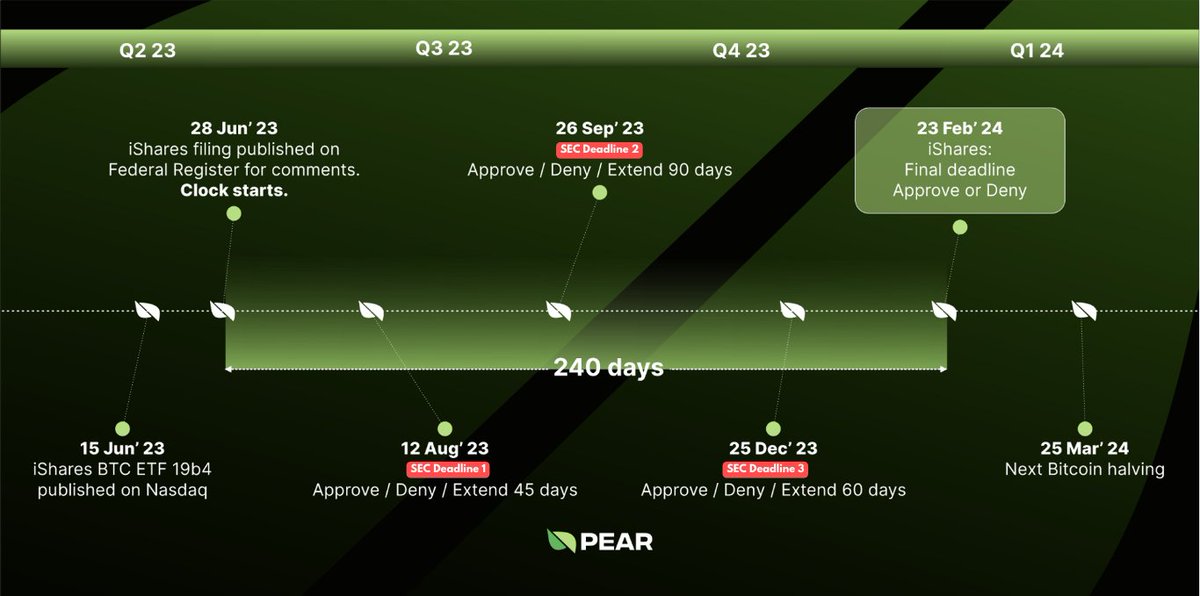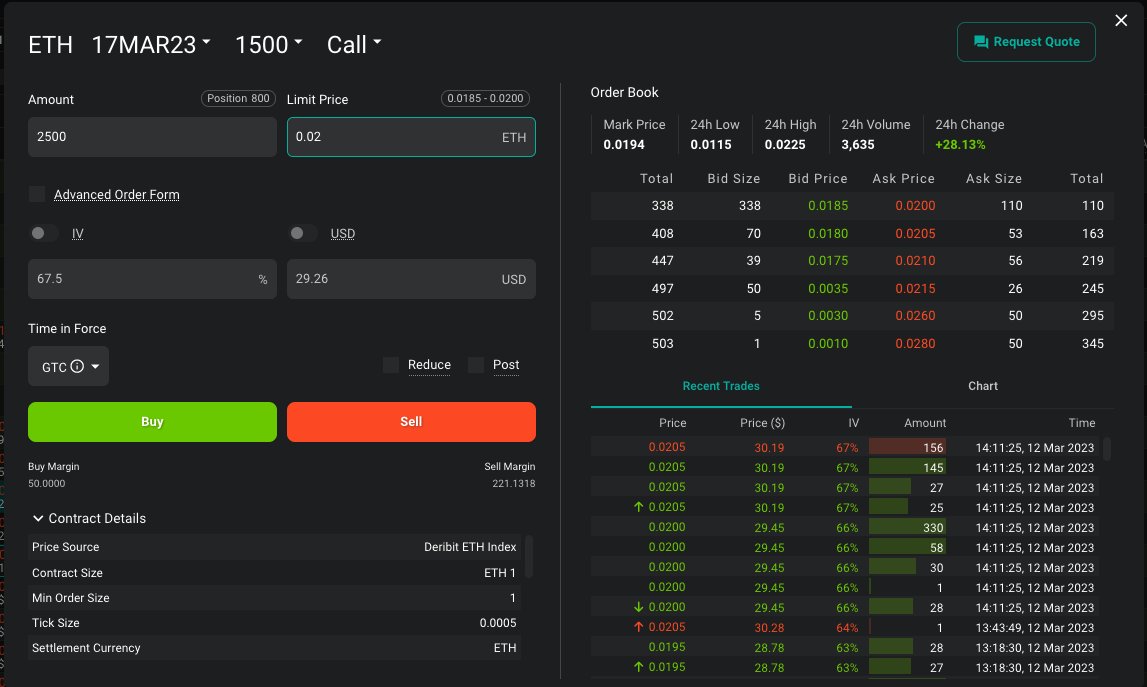FARMING UPDATE: 11 January 2022.
Really nice uptick in the portfolio this morning driven by 3 high conviction plays. See thread below 🧵
$1.64m / 531.2 ETH
Really nice uptick in the portfolio this morning driven by 3 high conviction plays. See thread below 🧵
$1.64m / 531.2 ETH

1. We've been adding to $SCREAM, xSCREAM, and FTM-SCREAM LP at $60ish the past 48 hours (now $94). This has netted us over 12 ETH in profits. 



2. We have been building and staking a position in $CREDIT for the past 48 hours, average entry $2.29 (now $5.53). This has made us another 5 ETH. Staking APY is currently 241.88% APY 

3. We bought a lot more $BTRFLY at $1984 yesterday as outlined in real-time on my feed. It was too good an opportunity to pass on and is so far +28% inc. rebases. This has added another 3 ETH to the portfolio. 

Overall, the only portfolio laggard has been $NEWO, which we had previously booked profits on at $1.24 and then decided to re-enter lower:
https://twitter.com/hufhaus9/status/1479039247285952512?s=20
Still quite defensively placed but hopefully, the 3 plays above highlight our ability to take strategic plays with remaining stables during periods of heightened volatility whilst the rest of the portfolio is positioned for stability. 

• • •
Missing some Tweet in this thread? You can try to
force a refresh

















